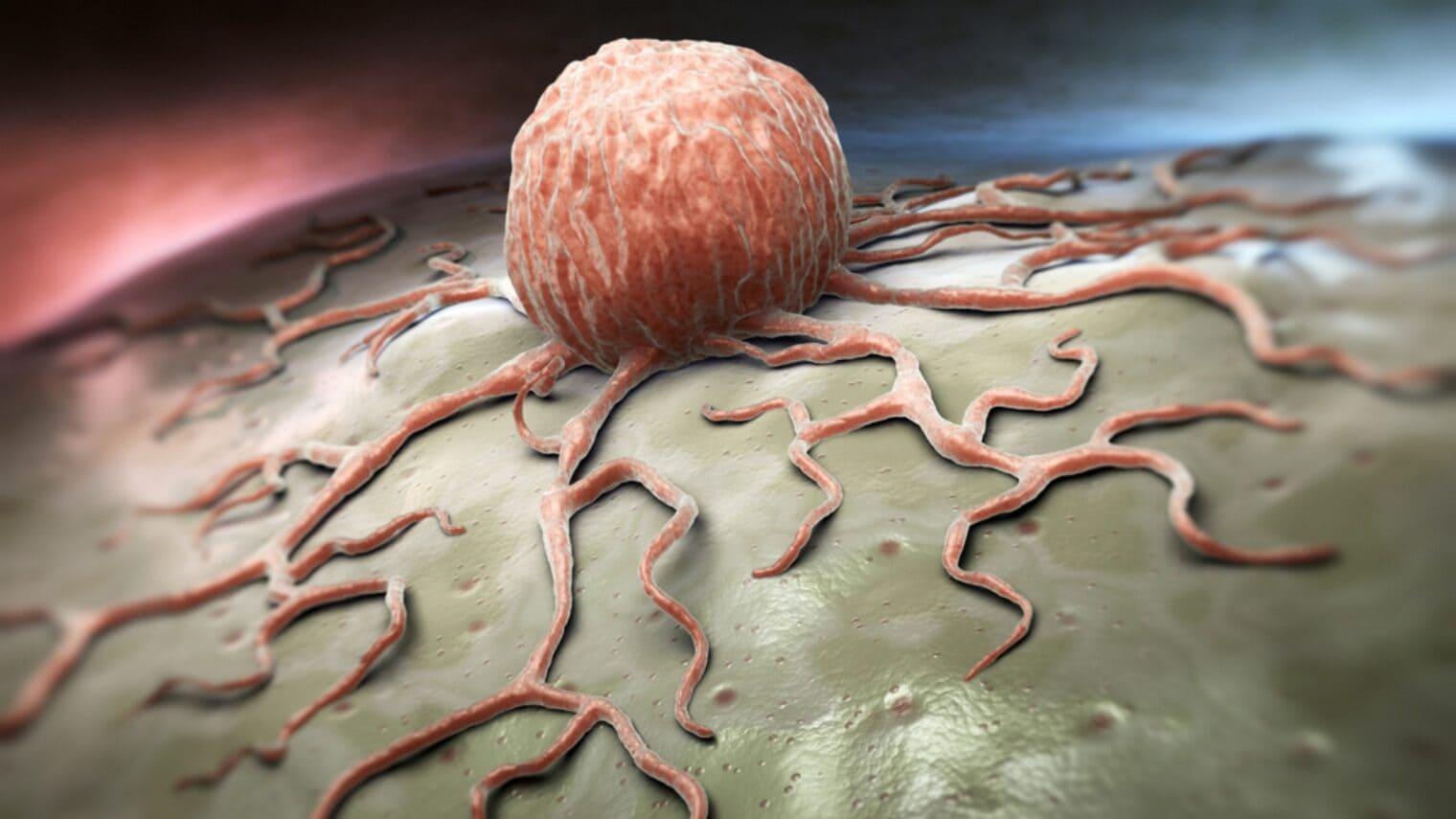KEY TAKEAWAYS
- The study aimed to investigate cfRNA preservation for improved genetic testing in patients with NSCLC.
- Researchers noticed that the cfDNA & cfRNA strategy significantly enhances the accuracy of mutation testing, particularly for RNA-based assays.
Supernatants from various cytological samples, such as body cavity effusion, sputum, bronchoalveolar lavage fluid (BALF), and needle aspiration, have been widely validated for detecting genetic alterations through cell-free DNA (cfDNA) in patients with non-small cell lung cancer (NSCLC).
Despite these advances, accurately detecting fusion variations remains a significant challenge. A key factor in overcoming this limitation is the protection and analysis of cell-free RNA (cfRNA), which plays a critical role in improving the sensitivity and precision of genetic testing for RNA-based assays.
Yidan Ma and the team aimed to assess the effectiveness of preserving cfRNA in cytological supernatants (CS) to enhance the accuracy of fusion variation detection, ultimately improving the reliability of mutation testing in patients with NSCLC.
They performed an inclusive analysis by applying a protective solution (PS) to preserve cfRNA in CS. The quality of the preserved cfRNA was evaluated by measuring cycle threshold (CT) values using reverse transcription-quantitative polymerase chain reaction (RT-qPCR).
To further validate the method, they collected additional malignant cytological samples and matched tumor tissues from 84 patients with NSCLC. cfDNA and cfRNA were extracted from these samples, and a double detection strategy was implemented to assess driver gene mutations using multi-gene mutation detection through RT-qPCR.
About 91.0% (101/111) of cfRNA samples were effectively preserved under the optimal protection system. Among the 84 patients with NSCLC samples, 7 cytological samples did not meet the testing criteria.
Compared with tumor samples, the overall sensitivity and specificity for detecting driver gene mutations from supernatant cfDNA and cfRNA were 93.8% (74/77) and 100% (77/77), respectively. When focusing on patients with fusion gene alterations, sensitivity, and specificity reached 100% (11/11) for detecting EML4-ALK, ROS1, RET fusions, and MET exon 14 skipping.
The study concluded that the cfDNA and cfRNA extraction, along with the double detection strategy, significantly improves the accuracy of driver gene mutation tests, particularly for RNA-based assays. This approach enhances the detection of fusion gene alterations and provides a more reliable method for identifying genetic mutations in patients with NSCLC.
The study was funded by the National High-Level Hospital Clinical Research Funding (BJ-2219-195).
Source: https://pubmed.ncbi.nlm.nih.gov/39233657/
Ma Y, Wang Y, He L, et al. (2024). “Preservation of cfRNA in cytological supernatants for cfDNA & cfRNA double detection in non-small cell lung cancer patients.” Cancer Med. 2024;13(17):e70197. doi:10.1002/cam4.70197



